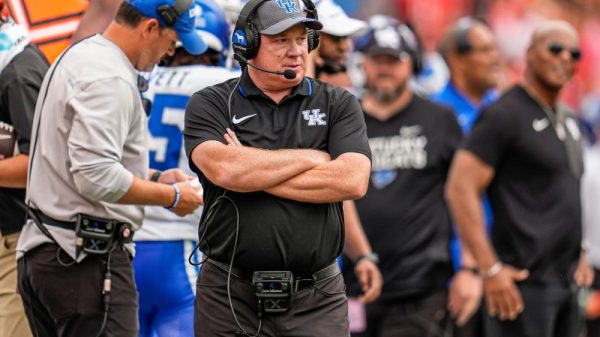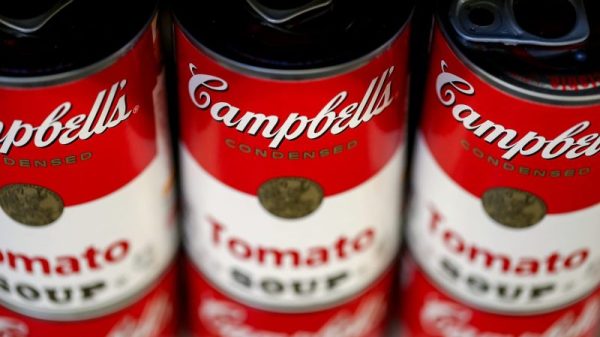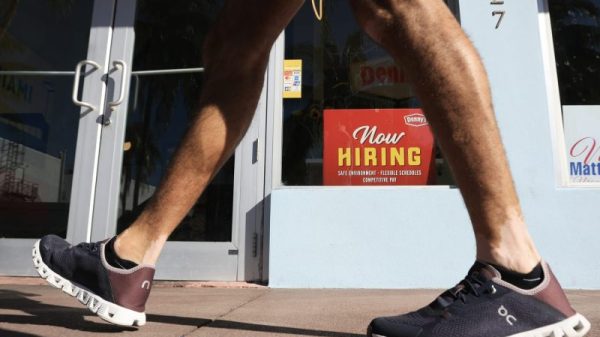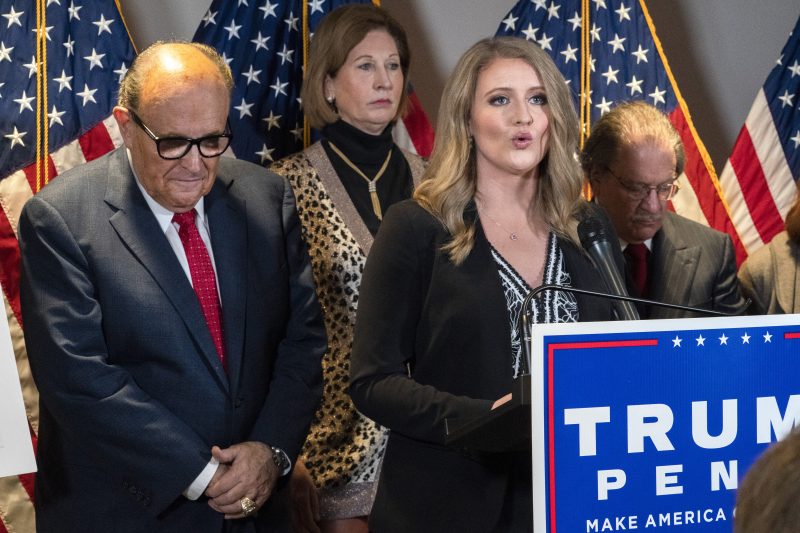The fundamental failure of Donald Trump’s effort to subvert the results of the 2020 presidential election was that it was predicated on complete nonsense. Trump and his attorneys — particularly Rudy Giuliani and Jenna Ellis — seized upon any allegation of fraud or any analysis that presented an opportunity for skepticism about the results and offered them up as valid. Even, in many cases, after it had been made obvious that the claims were not valid.
This approach had an obviously useful effect, accomplishing precisely what Trump needed politically. His supporters were subjected to this blizzard of claims, a blizzard that itself was cited as evidence that the election was somehow tainted. That the claims were debunked or irrelevant didn’t matter. His supporters treated subsequent claims as more credible in part because they landed in an environment where people were inclined (thanks to that blizzard) to believe that fraud had occurred.
Noting that individual snowflakes were fake was often too slow and too limited to make people realize that, in reality, the sun was shining — that Giuliani was just shaking a box of soap flakes above their window.
What’s important to recognize, though, is that this credulousness almost certainly wasn’t limited to rank-and-file Trump voters. It clearly extended in most cases to Trump himself, to Giuliani and to Ellis.
This is not an excuse for their elevating untrue claims; far from it. It is instead meant to make clear the extent to which they created and bolstered a latticework of flimsy, self-referential nonsense that has somehow been sturdy enough to allow the idea that the election was stolen to remain standing even today.
On Tuesday, Ellis appeared in a courtroom in Georgia to plead guilty for her role in the effort to subvert the 2020 results in that state. That included an admission that she had aided Giuliani and attorney Ray Smith in “knowingly, willfully and unlawfully” making a number of false statements at a Georgia legislative hearing in early December 2020.
“I relied on others, including lawyers with many more years of experience than I, to provide me with true and reliable information,” Ellis said while entering her plea. “What I did not do, but should have done, your honor, was to make sure that the facts the other lawyers alleged to be true were, in fact, true.
“In the frenetic pace of attempting to raise challenges to the election in several states, including Georgia,” she continued, “I failed to do my due diligence.”
On the day of the Georgia hearing, the New York Times published a lengthy examination of Ellis’s thin legal résumé.
“She holds herself out as an expert on the Constitution based on her self-published book and her teaching of pre-law classes to undergraduates,” the Times reported. “She has never appeared in federal district or circuit court, where most constitutional matters are considered, according to national databases of federal cases, and does not appear to have played a major role in any cases beyond her criminal and civil work in Colorado.”
This was and is a pattern of Trump’s attorneys: In part because more experienced lawyers appear to be wary of representing him, his representation is often less established in the relevant areas of the law. In this case, it wasn’t just that Ellis was not as experienced on the Constitution, it was that neither she nor Giuliani had any extensive experience in adjudicating the claims of election manipulation that were being made.
Often those claims were being made by relying on complicated (and probably intentionally obfuscatory) analyses of voting records and patterns.
In that Georgia hearing on Dec. 3, 2020, for example, Giuliani interviewed a man named Russell Ramsland whom The Washington Post would later identify as a central actor in the fraud conspiracies. But even at the time, his analyses were dubious, in content (we’re meant to believe that nearly 100,000 votes without any provenance were counted and that this escaped the state’s notice?) and in practice. He had already been embarrassed when an affidavit he offered purported to show data from Michigan but actually used data from Minnesota.
Ramsland would have been an obvious person to whom Ellis should have applied skepticism. It seems she did not. It seems she similarly did not apply skepticism to the second witness Giuliani presented in that hearing, Phil Waldron. (Giuliani repeatedly referred to him as “Phil Colson” for some reason.)
Giuliani praised Waldron for having examined a voting machine error in Antrim County, Mich., which he presented as representative of voting machine manipulation nationally. But that Antrim County error had been explained nearly a month before; it was a mistake made by elections administrators in configuring how votes would be counted. Waldron went on to elevate already-debunked claims about Dominion Voting Systems machines that had been presented by Trump attorney Sidney Powell the prior month.
There was no incentive for Ellis to question the claims of Ramsland, Waldron or any other people making claims about the election, of course. In her plea agreement, she suggested that, as a conduit with the media and elected officials, she was reliant on her colleagues to vet this stuff. But they had no incentive to do so either — beyond the reputational damage they would incur down the line. Even if Giuliani or others had wanted to challenge Ramsland’s claims, it’s not clear they would have had the technical capacity to do so.
After that hearing in Georgia, the Republican-led committee issued a report saying precisely what Trump wanted to hear. Citing the witnesses presented by Giuliani and Ellis at length, it asserted that “[t]he November 3, 2020 election was chaotic and the results cannot be trusted.” This, too, was self-serving; those Republican legislators were probably eager to get Trump’s praise and/or avoid his wrath.
That report, then, was included in a draft lawsuit sent to Trump and his team in late December 2020. It points to the committee’s findings as if they had organically emerged from the committee’s independent investigation, rather than representing the committee’s own regurgitation of the claims made by Trump’s attorneys and allies.
That’s how all of this got stacked up. Dubious claims from unreliable actors were used to amplify questions about fraud; those questions were then used to present those and subsequent claims as reliable. Ellis was simply one spigot for the misinformation, one who now claims that she did so unconsciously. In representing Trump, she helped add layers to this house of cards.
The core problem, again, was that it was almost all nonsense, that almost none of it was credible. But credibility wasn’t the goal, utility was. So lots of useful, false things were offered up, having the effect of making other false things more useful and making those original false things more useful still. Layers upon layers of nonsense. A blizzard in a snow globe held in Donald Trump’s hand.
Three years later, people — including Ellis — are starting to pay the price for helping this to happen. Too bad she didn’t apply that due diligence, to the extent she could.



























